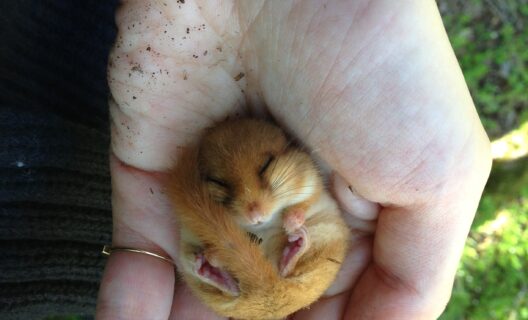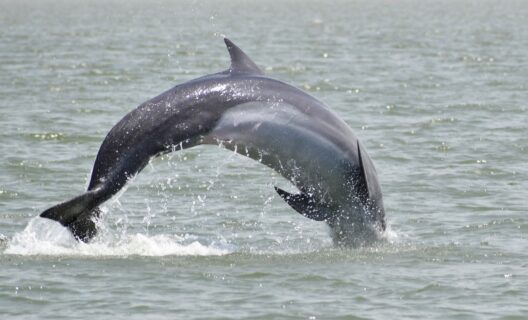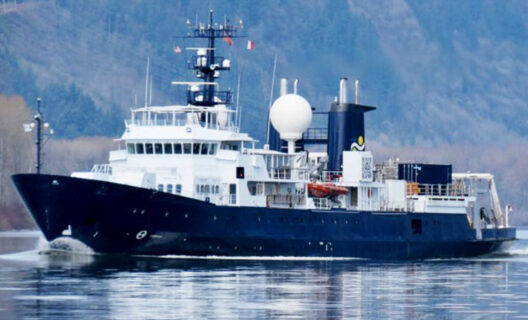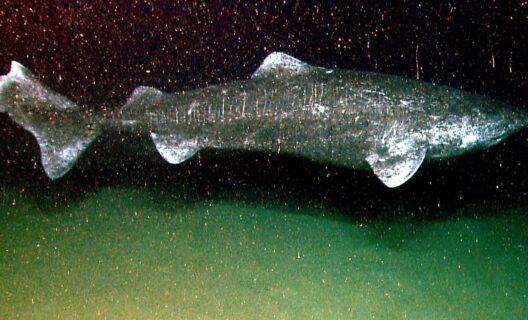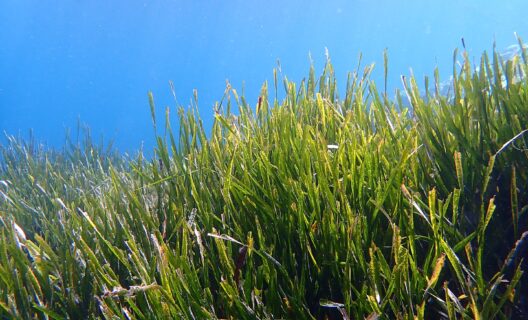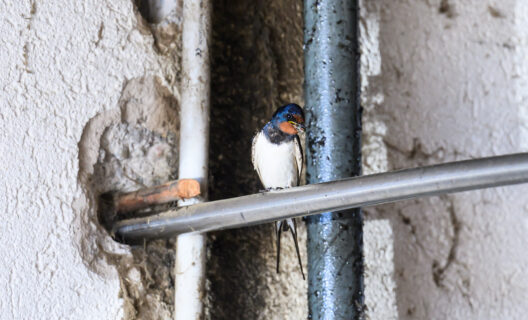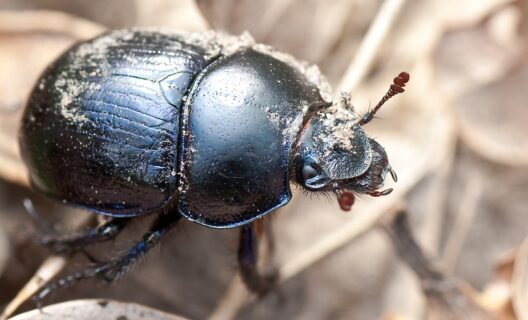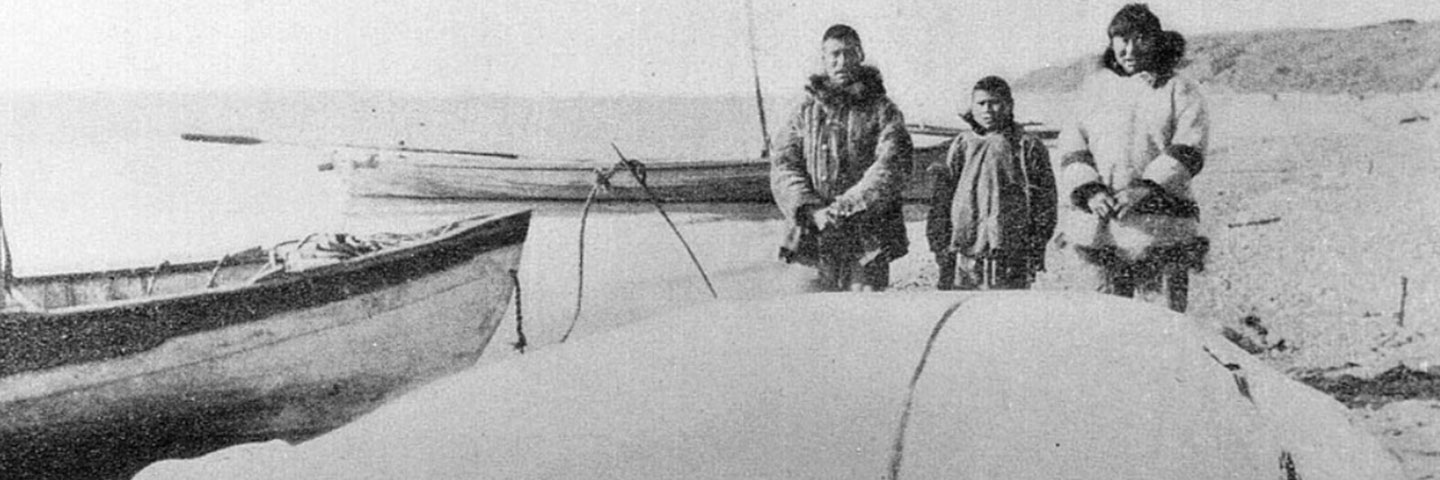
Canada: traditional hunting is sustainable
Reading time
0 min
Centuries of beluga whale hunting by indigenous peoples have not harmed the ecosystem
According to a study conducted by the University of Toronto and the University of Copenhagen, the hunting practiced for hundreds of years by the Inuvialuit people in Canada is sustainable-that is, it has not had a significant impact on the genetic diversity and survival of the beluga population in the region.
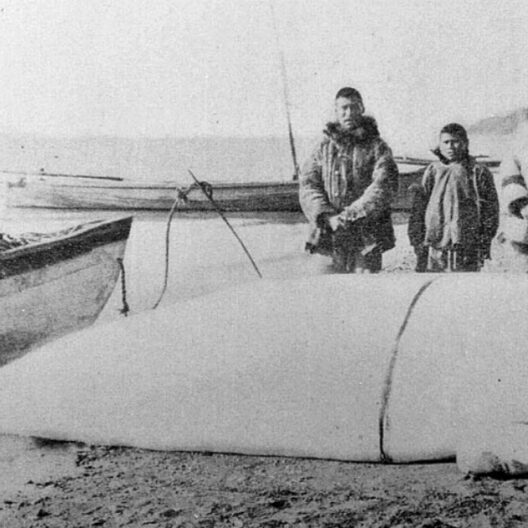
Credits: Elisa Hart, Beverly Amos, 2004. Learning About Marine Resources and Their Use Through Inuvialuit Oral History (Report). Inuvialut Cultural Resource Center.Elisa Hart, Beverly Amos, 2004. Learning About Marine Resources and Their Use Through Inuvialuit Oral History (Report). Inuvialut Cultural Resource Center.
Beluga sketch
The beluga(Delphinapterus leucas) is a cetacean that lives in the Arctic seas of Russia, Alaska, Canada and Greenland. It has a rather slow reproductive cycle: females, having reached sexual maturity between 8 and 13 years of age, give birth to a single pup every three years.
The Inuvialuit of Canada, a hunting people
For the Inuvialuit, an indigenous community living on Canada’s Mackenzie River Delta, beluga is one of the most important food resources.
For about 700 years, when the ice melts and large groups of belugas approach the region for the breeding season, the Inuvialuit of the Mackenzie Delta have been organizing a large hunting party. Dozens of men from the community go out to sea in kayaks and guide the belugas to the shallow, sandy waters of the delta, where they are easier to harpoon.
This method, practiced since the 19th century, allows hundreds of individuals to be caught each year, providing enough meat and fat to feed the community for the entire year. It is estimated that in the past the Inuvialuit met about two-thirds of their food needs from beluga meat and fat.
Impact research
To test whether this practice had a negative impact on the local beluga population, the research authors analyzed zooarchaeological findings from three sites in three different historical periods (1290-1440; 1450-1650; 1800-1870).
These data were supplemented with ethnohistorical information and observations of recent hunting seasons: scholars analyzed hunting patterns to see if there was a preference for male or female whales, genetic diversity, beluga whale population structure over time, and the relationship between the Mackenzie River Delta beluga population and neighboring groups.
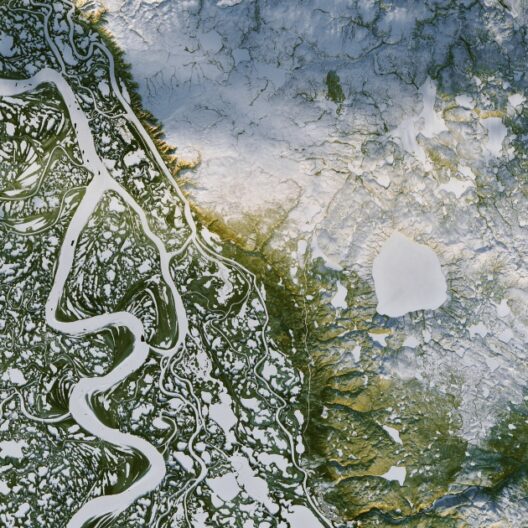
Credits:Photo: NASA Earth Observatory images by Joshua Stevens, using Landsat data from the U.S. Geological SurveyNASA Earth Observatory images by Joshua Stevens, using Landsat data from the U.S. Geological Survey
Long-term sustainable hunting
The results indicated high levels of genetic diversity, homogeneous over time, and no evidence of population decline or fragmentation or even mixing with other beluga groups, concluding that the beluga hunting practices of the Inuvialuit are sustainable over the long term.
Contributing to this was the fact that while both male and female specimens were hunted in the second period examined, in more recent times hunters have come to prefer male prey-which has helped to minimize the impact of harvesting on the overall population by allowing females to give birth and raise their pups, which depend on them for nursing.


